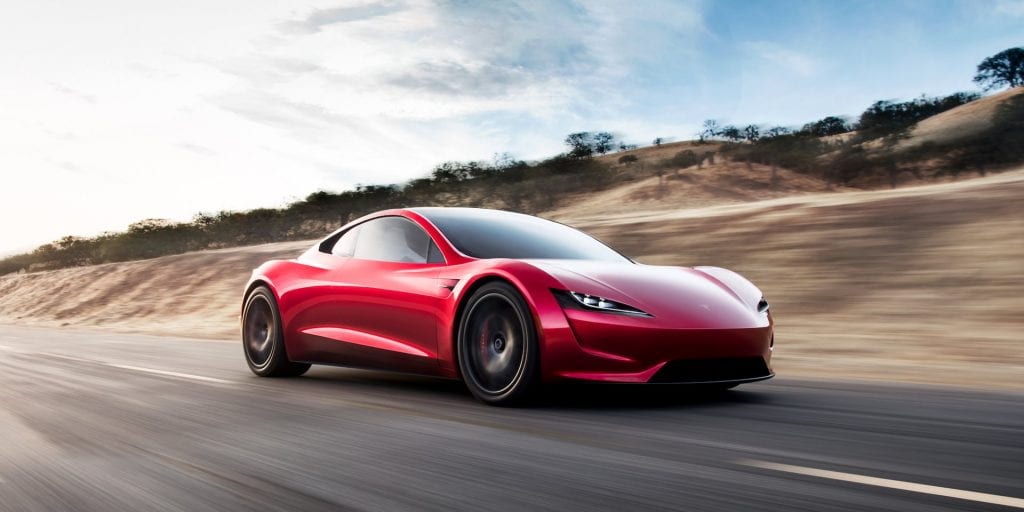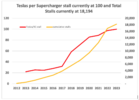I put together a metric of that shows the number of US Tesla’s per US Supercharger stall as a quick number to understand the pace of the SC network build out compared to the size of the on road fleet and relative demand. This has change a lot over the past 6 years, see the table.
At the end of Q3 2019 there were 68 Tesla cars per Supercharger stall in the US, with 6,656 opened stalls. This metric doubled since the end of 2017, when there were about 38 Tesla cars per super charger stall, with 3,850 opened stalls. This high level metric of changing SC demand captures fleet growth rapidly outpacing Supercharger network growth since teh Model 3, and there may not be a quick reversal in the metric anything soon. As locations get added so does the relative demand. This got me wondering what is the golden number of cars/stall for Tesla longer term? And once there are SC locations every 30/50 miles on major highways, V3 is common place and more SC in urban centers and at destinations there may be no golden number, but rater a network that can handle increasing demand.
As a control I looked at gas pumps per ICE car. There are about 146 ICE cars per gas pump in the US (2015 numbers, ~150,000 stations*~12 pumps avg per station/263,610,000 cars) . With a decades long trend of declining numbers of gas stations and increasing numbers of cars, this has only gone higher over the past 4 years.
Anyways thought I’d share, there are probably better/more accurate numbers out there. I’m going to track this in the future to see how it changes.
Sources:
Teslas on the road: http://carsalesbase.com/us-car-sales-data/tesla/
Superchargers: supercharge.info
Gas Stations: How many gas stations are there in the U.S?
At the end of Q3 2019 there were 68 Tesla cars per Supercharger stall in the US, with 6,656 opened stalls. This metric doubled since the end of 2017, when there were about 38 Tesla cars per super charger stall, with 3,850 opened stalls. This high level metric of changing SC demand captures fleet growth rapidly outpacing Supercharger network growth since teh Model 3, and there may not be a quick reversal in the metric anything soon. As locations get added so does the relative demand. This got me wondering what is the golden number of cars/stall for Tesla longer term? And once there are SC locations every 30/50 miles on major highways, V3 is common place and more SC in urban centers and at destinations there may be no golden number, but rater a network that can handle increasing demand.
As a control I looked at gas pumps per ICE car. There are about 146 ICE cars per gas pump in the US (2015 numbers, ~150,000 stations*~12 pumps avg per station/263,610,000 cars) . With a decades long trend of declining numbers of gas stations and increasing numbers of cars, this has only gone higher over the past 4 years.
Anyways thought I’d share, there are probably better/more accurate numbers out there. I’m going to track this in the future to see how it changes.
Sources:
Teslas on the road: http://carsalesbase.com/us-car-sales-data/tesla/
Superchargers: supercharge.info
Gas Stations: How many gas stations are there in the U.S?







